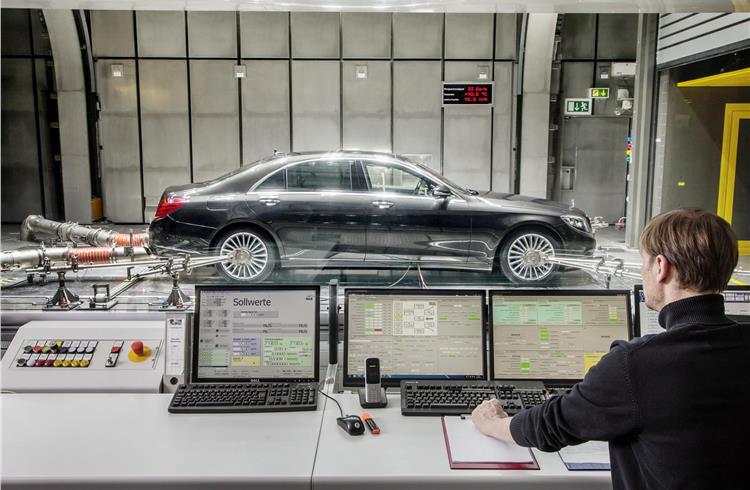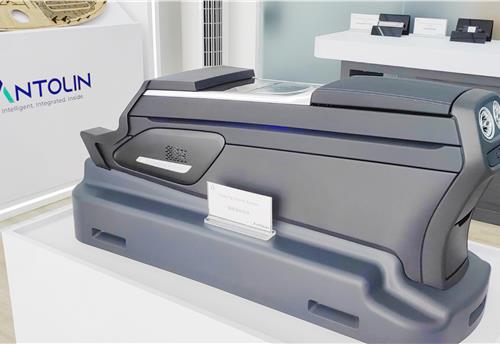Mercedes-Benz’s air-conditioning systems go green
Adoption of CO2 refrigerant lessens environmental impact and brings Mercedes in line with EU regulations.
Mercedes-Benz has announced it will finally fall in line with European Union regulations by using carbon dioxide as the refrigerant in its air-conditioning systems in future.
The announcement follows a tense stand-off between Mercedes and the EU over a directive that banned the widely used synthetic Tetrafluoroethane (R123a) refrigerant in all newly type-approved cars launched in Europe from the start of 2013.
Tetrafluoroethane (R123a) has been widely used by car makers, including Mercedes, as an air conditioning refrigerant for more than 25 years. However, increasingly tighter environmental laws and moves by the EU to adopt a refrigerant with a low global-warming potential (GWP) led to proposals for it to be banned.
A proposal by the EU to replace R123a, which possess a GWP score of 1300, with the newer and more environmentally friendly synthetic Tetrafluorpropen (R-1234yf) was heavily criticised by Mercedes following internal testing that raised concerns about flammability issues during heavy frontal impacts. BMW and VW later joined Mercedes in expressing concerns over its use.
Mercedes will roll out its revised system on petrol and diesel powered E and S-class models from the beginning of 2016, prior to it becoming standard in other models, including the A, B and C-class and their various derivatives in coming years.
EU regulations require manufacturers to employ refrigerant with a GWP of less than 150. With a GWP score of 1, carbon dioxide is 99.3% below the EU’s refrigerant limit. Its inherent properties also make it non-flammable and provide greater cooling efficiency, according to Mercedes.
Mercedes has modified the air conditioning system in petrol-engined models that use Tetrafluorpropen (R-1234yf) to include a gas generator that releases inert argon gas at the relevant hot spots in a move, it claims, that keeps the refrigerant from bursting into flames.
Owing to lower operating temperatures, the argon gas generator is not deemed necessary to prevent Tetrafluorpropen (R-1234yf) from igniting during heavy frontal impacts in models that use a diesel engine.
Hybrid models, including those included in the 2016 model-year E and S-Class line-ups, will also receive air conditioning systems with controversial Tetrafluorpropen (R-1234yf) refrigerant for the time being, owing to ongoing development of an electrically operated compressor, says Mercedes.
RELATED ARTICLES
Antolin unveils sustainable tech solutions at Beijing Motor Show
In line with its China market roadmap, Antolin is showcasing its latest advances in lighting, HMI, electronics, and sust...
Visteon wins $1.4 billion in new business in Q1 2024, launches 26 new products
Digitisation of vehicle cockpit megatrend is a key growth driver for Visteon with over $400 million of displays wins; Vi...
BMW uses Catena-X ecosystem using real-world CO2 data to enhance quality
Working together with partners and suppliers, the company has modelled a complete data chain for the first time using re...





 21 Oct 2015
21 Oct 2015
 2701 Views
2701 Views





 Autocar Pro News Desk
Autocar Pro News Desk




